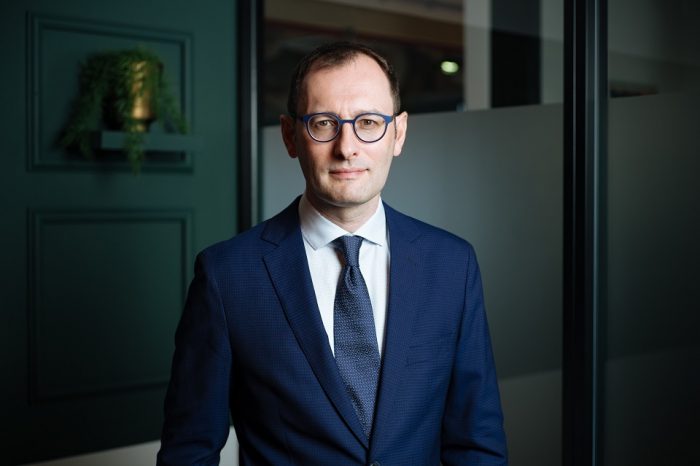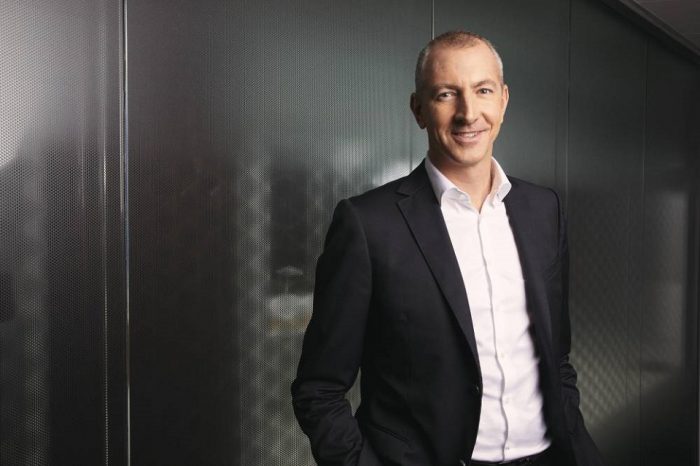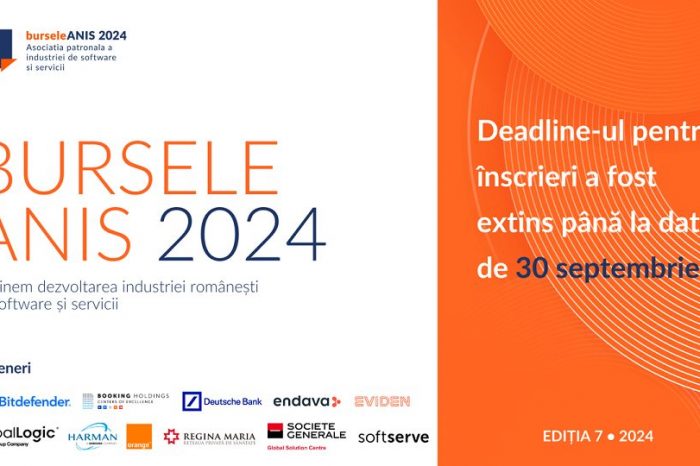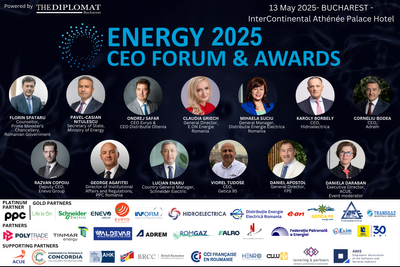CEE Office Market Summary H1 2024 Bucharest Compared to Other Capitals

In H1 2024, the office stock across the CEE region grew by 213,000 sq m, with the largest increase seen in Budapest (78,300 sq m). However, most markets continue to experience subdued construction activity, as vacancy rates remain above 10%. Development pipelines are largely driven by pre-lease agreements, with limited speculative projects being launched. A notable exception is Prague, where the volume of office space under construction nearly doubled compared to the end of 2023. The overall vacancy rate across CEE capitals recorded a minimal increase during H1 2024, standing at 11.6%, up slightly from 11.5% in Q4 2023. Over the mid-term, reduced construction activity is expected to lower vacancy rates. The most significant decrease will likely occur in the prime office market, as occupiers prioritize “flight to quality.” iO Partners experts, in cooperation with JLL, have analyzed the trends observed in Bucharest and other CEE capitals.
Bucharest: In H1 2024, gross demand amounted to approximately 156,400 sq m, reflecting a 5% decrease compared to H1 2023. Net demand also declined by 8%, totaling 78,100 sq m. Renewals and renegotiations made up 50% of total transaction volumes, marking a slight increase from 48.5% in H1 2023. Bucharest continues to show resilience, despite the decrease in net demand, as occupiers remain cautious amidst market uncertainties.
Warsaw: Gross demand in H1 2024 reached 316,400 sq m, maintaining levels similar to the corresponding period in 2023. Renewals accounted for 51% of the total take-up. Developers delivered over 60,000 sq m, with new supply expected to be subdued for the remainder of the year at around 100,000 sq m.
Bratislava: Leasing transactions in H1 2024 totaled 105,700 sq m, exceeding the five-year average of 95,400 sq m per half-year. The CBD remains the most active submarket, providing excellent services and accessibility for employees.
Budapest: Gross take-up reached 238,200 sq m, reflecting a 22% year-on-year increase. Net take-up was 128,400 sq m, with lease renewals comprising 46% of total activity, followed by new leases at 34%.
Prague: Strong office demand in H1 2024 resulted in 327,300 sq m of space being leased, with net take-up reaching 183,000 sq m, a 33% increase year-on-year. This growth was driven by a large owner-occupation deal involving one of the Czech Republic’s largest banks.
“New demand continues to slowly rise as companies gain clarity on their relocation and expansion strategies. With fewer new projects being delivered on the market, tenants must accelerate their decision-making processes.
Most spaces returning to the market are in buildings past their second lease cycle. This offers tenants a wide range of options, and those seeking latest technology and new projects should act quickly. This balance ensures opportunities for tenants across various building types, catering to different preferences and business needs.
As new supply remains constrained, pre-leases are soon to become the only viable option for blue-chip tenants.
The North West Expoziției Area is increasingly attractive as a relocation option, standing out as the only submarket where the majority of vacancies are in newly constructed buildings. This dynamic positions the area as a key destination for companies seeking modern, high-quality space and rents 20-25% lower comparing to Central Business District.” – says Laura Ene, Office Advisory Consultant at iO Partners.
“The current market conditions in the CEE office sector reflect a cautious yet strategic approach by developers and occupiers alike. With vacancy rates remaining above 10% and new supply being limited, we anticipate a gradual tightening of the market. This will likely lead to an increase in prime rental rates, particularly in well-located, high-quality spaces. However, the overall market recovery will be tempered by ongoing economic uncertainties and the evolving dynamics of hybrid working models.” – comments Charles Boudet, CEO at iO Partners.
















